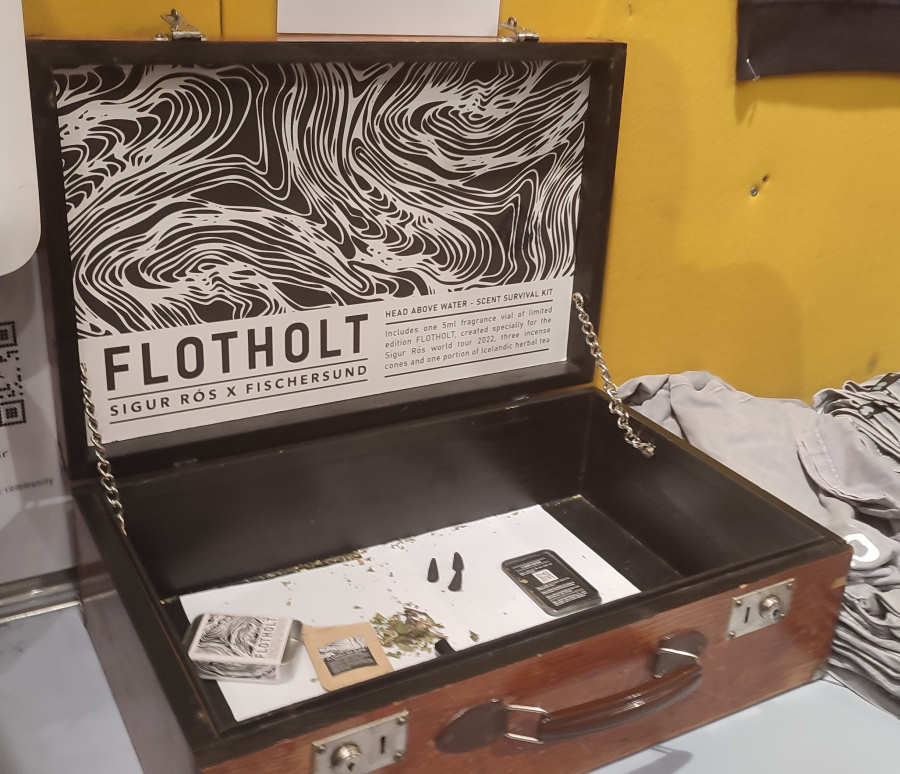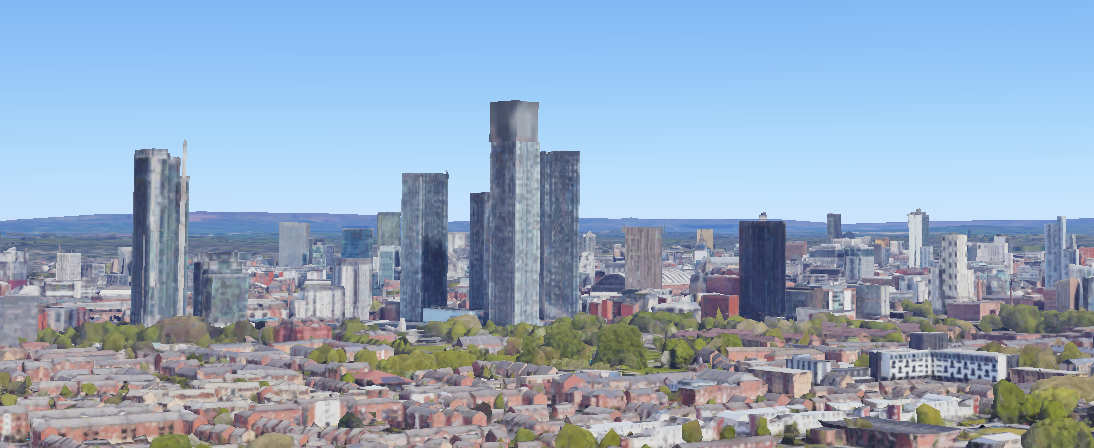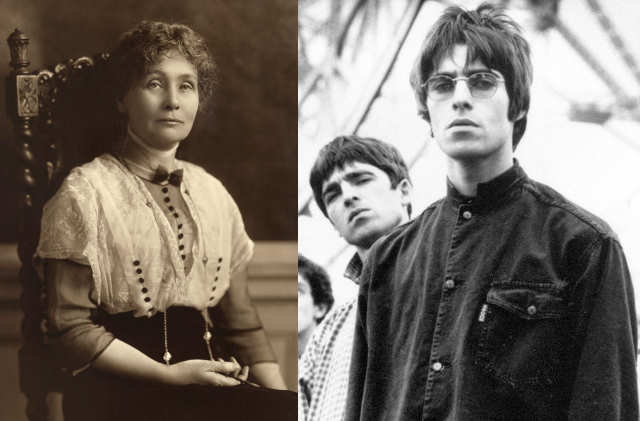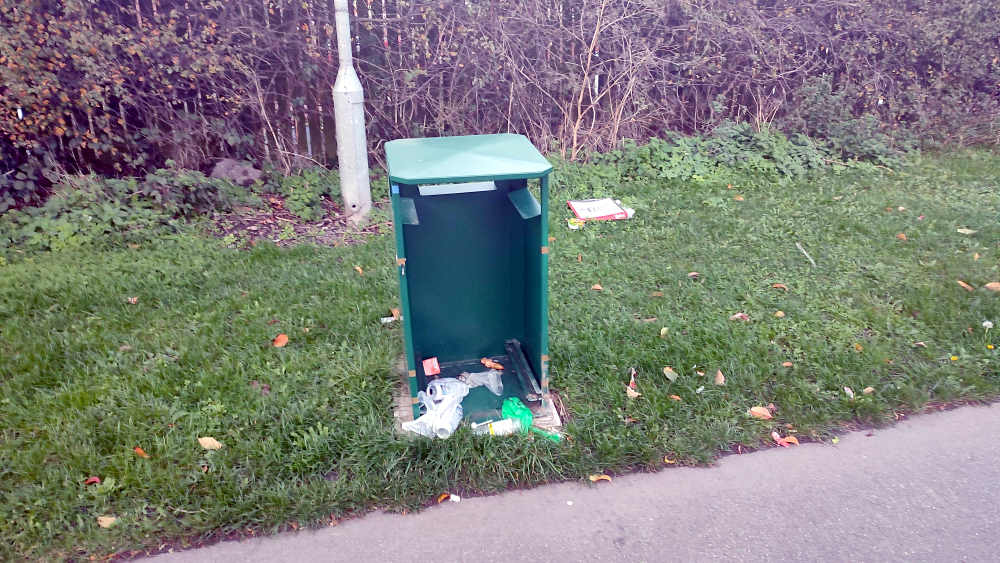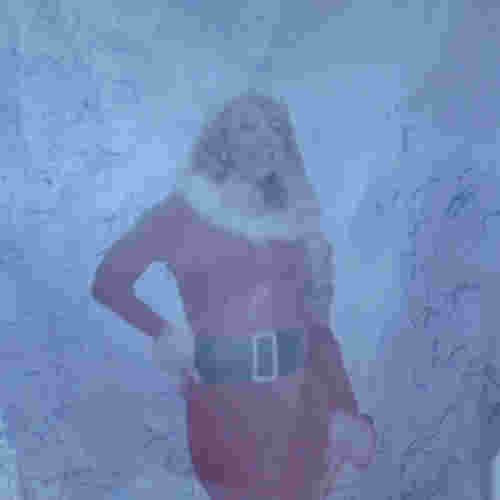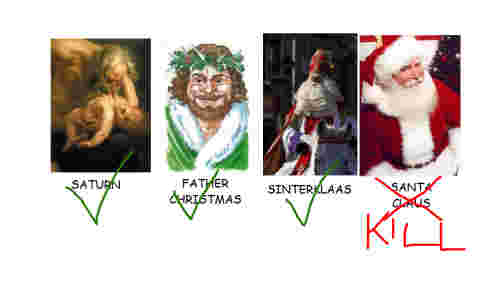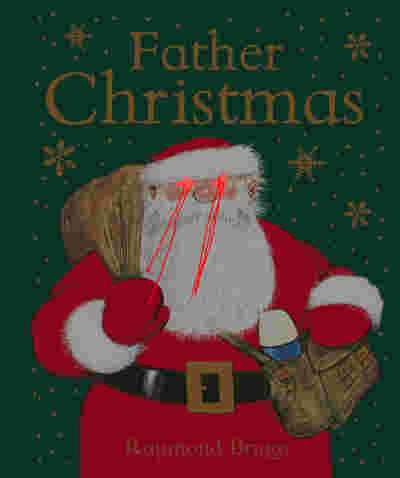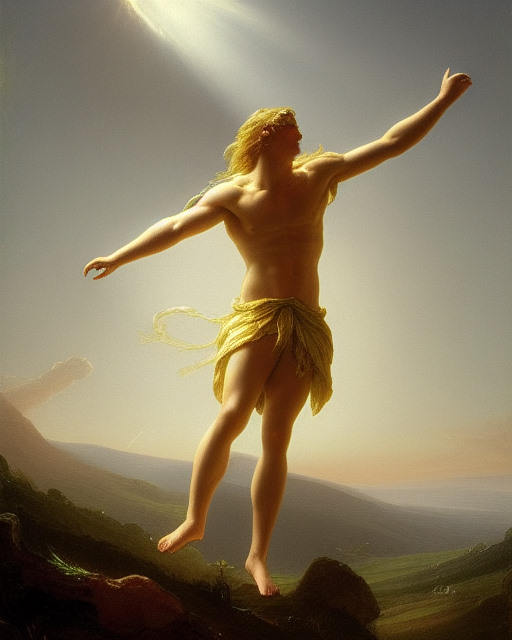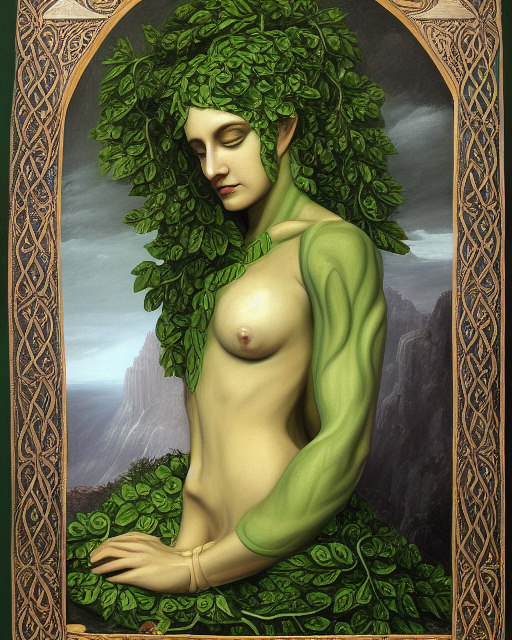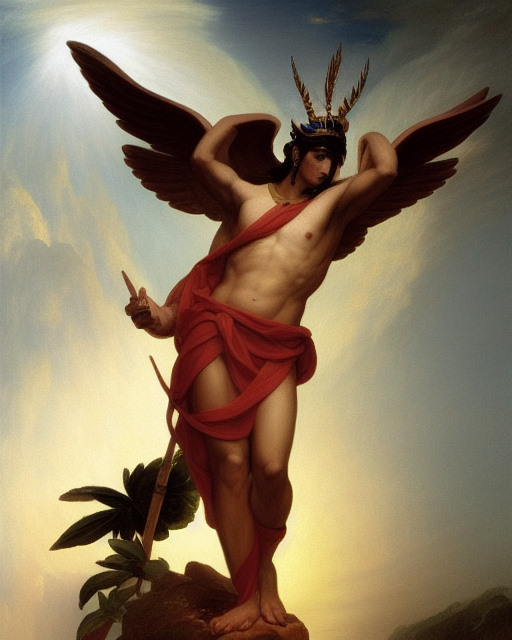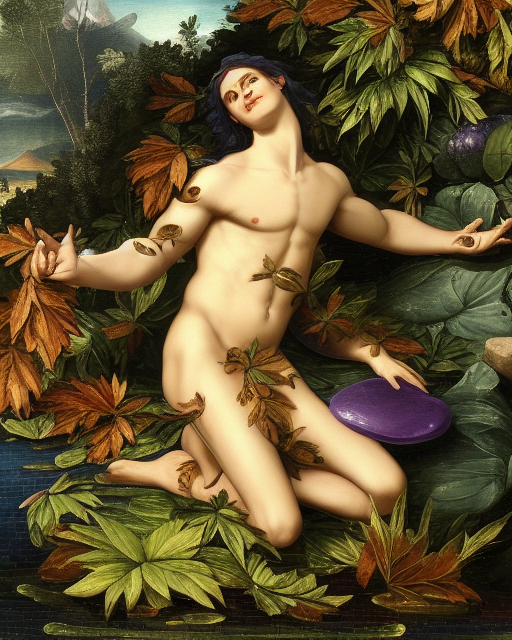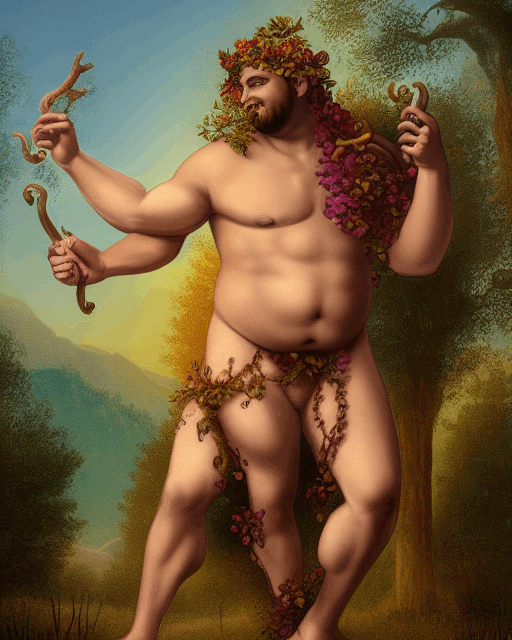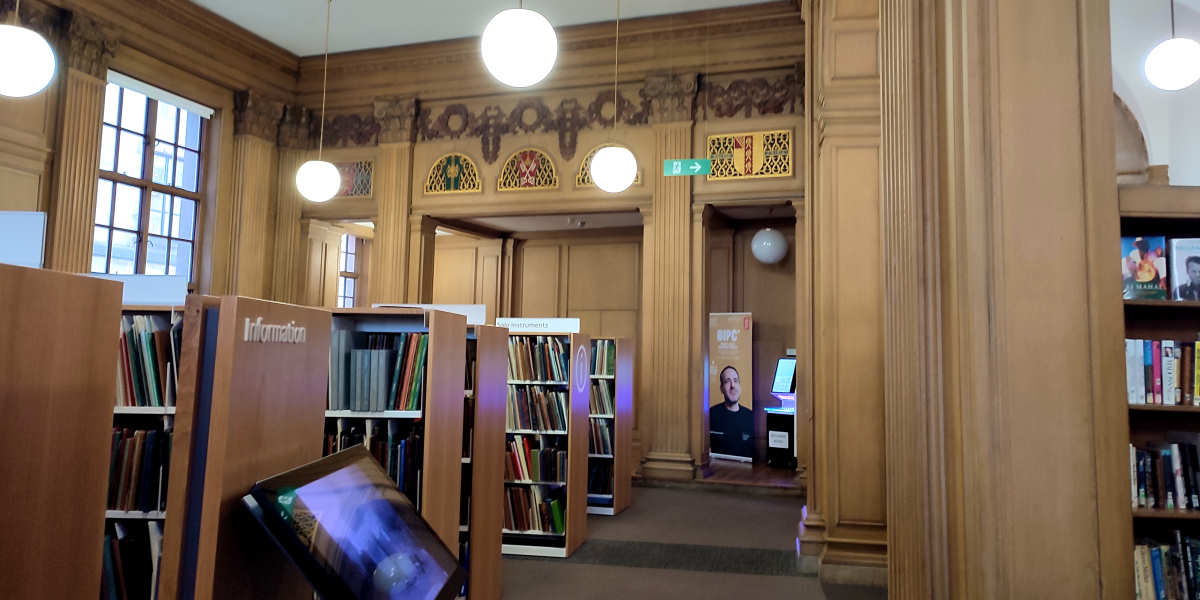
Manchester’s influences on British culture and life spread far and wide — music, politics, industry, TV — but it’s fair to say it’s not exactly renowned for its literary output. And yet, nevertheless, i found myself wandering the halls of two great libraries in Cottonopolis.
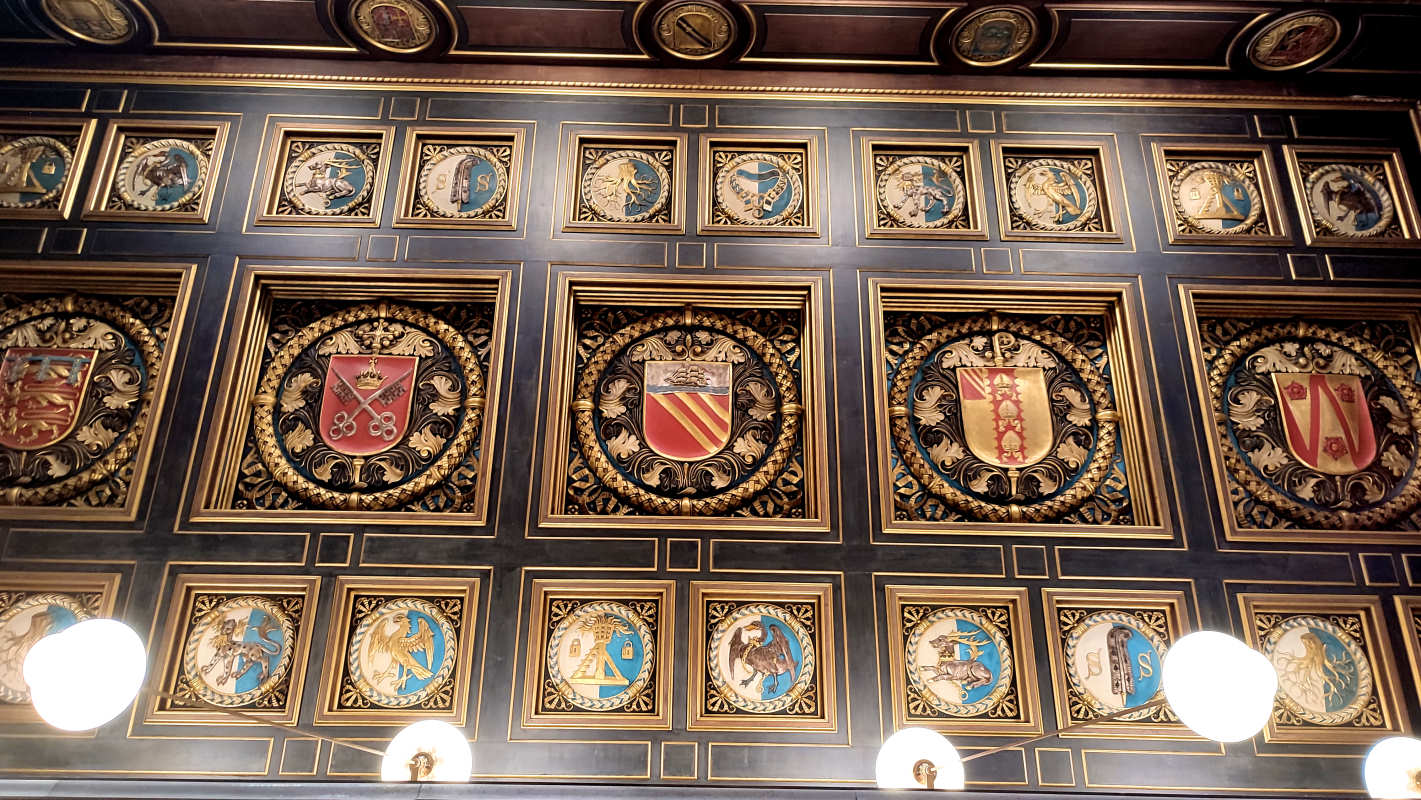
The first and grander of the two is the Manchester Central Library, whose imposing hall first squat itself upon St Peter’s Square in 1934. Upon walking in, there are a number of things the discerning visitor might notice. Hir eyes might wander upwards to the expertly crafted stained-glass window of Shakespeare and his protagonists, or all the way up to the ceiling, generously coated with the arms of authorities priestly, princely, and popular. Or, if our hypothetical visitor is a Geordie, shi might instead notice some things that the rest of the country’s eyes would gloss over: clean, well-designed signage; sleek open space; swooshy modern æsthetics… All paid for out of the council’s pockets.
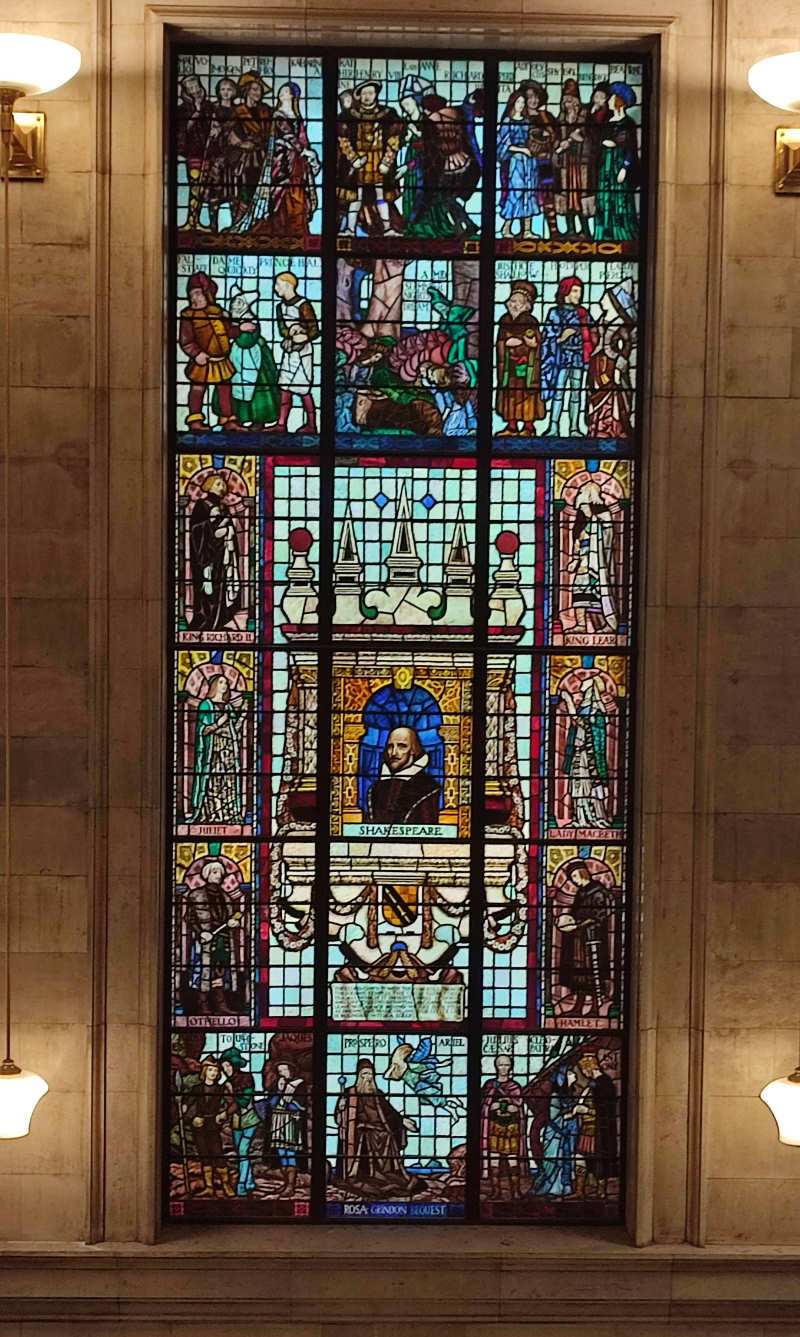
There are no decaying bridges, no council computers running Windows XP, no decade-old untouched brownfields. When ministers talk a big game about “levelling up the North”, this is the North they’re talking about. Cumbria? Newcastle? Middlesbrough? Isn’t that in Scotland? It’s best not to dwell on these things (for cynicism doesn’t do the mind good), but one can’t help but feel like they’re rubbing it in.
The Central Library is a treasure trove. It houses an impressive collection of musical paraphernalia, from sheet music to encyclo-glee-diæ to biographies of Saint Noel Gallagher. Its central atrium is home to the “archives plus”, where Mancunians can drill into their city’s history without needing to be fluent in acadamese. The reference library on the upper floors is so tightly packed that it uses mechanical bookshelves which reveal themselves with the push of a button. By all accounts, it serves the people of Manchester well. Perhaps that’s the problem: for a tourist like me, it’s hard not to get jealous.
The Portico Library is an older, humbler affair, constructed at the height of the industrial revolution and taking up but the first floor of its classically-inspired building. Anyone can enter, but i’m afraid the full collection is a members-only joint; my group were just here to check out a book a family friend had paid to be restored. (A page fell out while we were handling it. Whoops!)
While the back catalogues might be off limits to us plebes, there’s still plenty to pique the passing itinerant’s interest. The central hall is still decorated in its original homely Victorian fashion, having a delightfully idiosyncratic way of catalogueing its books: “biography”, “travels and voyages”, and “polite fiction” (a vestige of the time when the middle classes were still joining “polite” society).
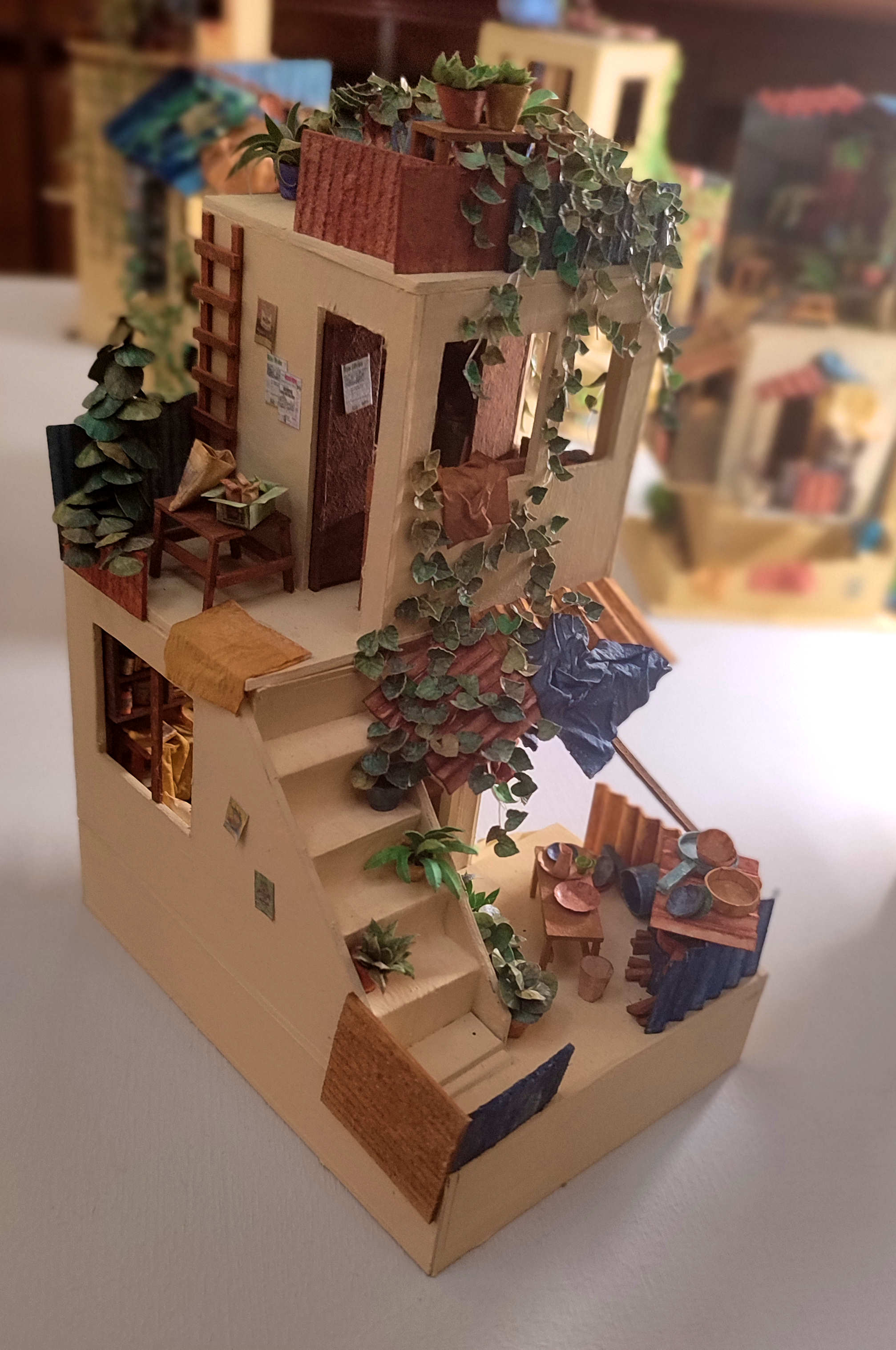
An exhibition of architectural art circles the middle seating area. While much of it was the usual arty bollocks, i found myself captured by the adorable cardboard houses of Thu Le Ha, an artist and volunteer at the library. Ms Ha has a vanishingly small online footprint, but i hope she keeps at it — this is the sort of thing the world needs more of! Cute little whimsy.
And that’s all i wrote. Next up, some less wordy centres of Mancunian culture.
P.S. On the way back from the Sigur Rós gig, we bore witness to a throng of teenyboppers and weary parents making their way back from a different gig held at the famous Arena. What could possibly inspire such turnout from such a young crowd: Taylor Swift? Olivia Rodrigo? Some K-pop act i’d never heard of? Nope — they were there to see the Backstreet Boys.
Some things never change.

